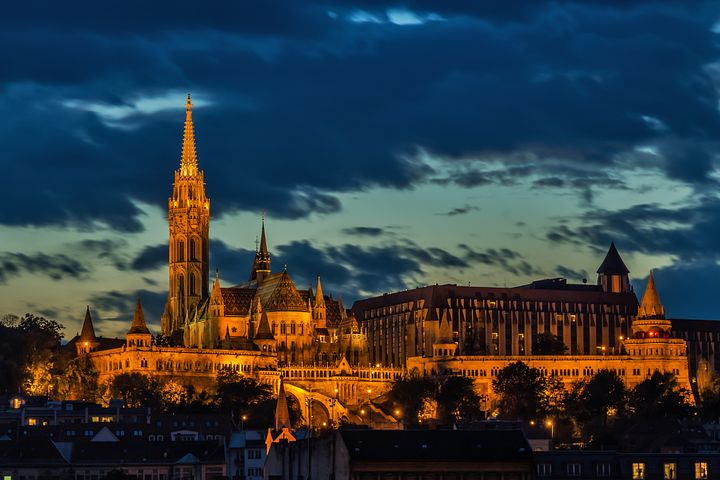Budapest
A major metropolis on the international stage, Budapest excels in business, banking, media, the arts, fashion, research, technology, education, and entertainment. Budapest's history began when a prehistoric Celtic hamlet developed into Aquincum, the Lower Pannonia's Roman capital.
Budapest's interpretation of art nouveau diverged slightly from the trends seen in other European cities. As a tribute to the Asian heritage of the Magyar people, dön Lechner, widely regarded as the best of the period's Hungarian builders, adapted oriental elements, incorporating delicate floral imagery and lacquered finishes to his minarets (using local tiles). His Post Office Savings Bank's ceiling has the appearance of a Persian textile. The Török bank and school on Dob Utca, as well as Lechner's Institute of Geology, are examples of how the sinuous early art nouveau and Hungarian national romantic traditions were combined. The Bedö Ház, a Szecesszió museum with a coffee shop on the ground floor, hosts celebrations for it. Stay at the Hotel Gresham Palace, one of the largest art nouveau structures in the world with 179 beds and accommodations starting at €330 per night. It is named after the founder of London's Royal Exchange.
Location: Hungary















